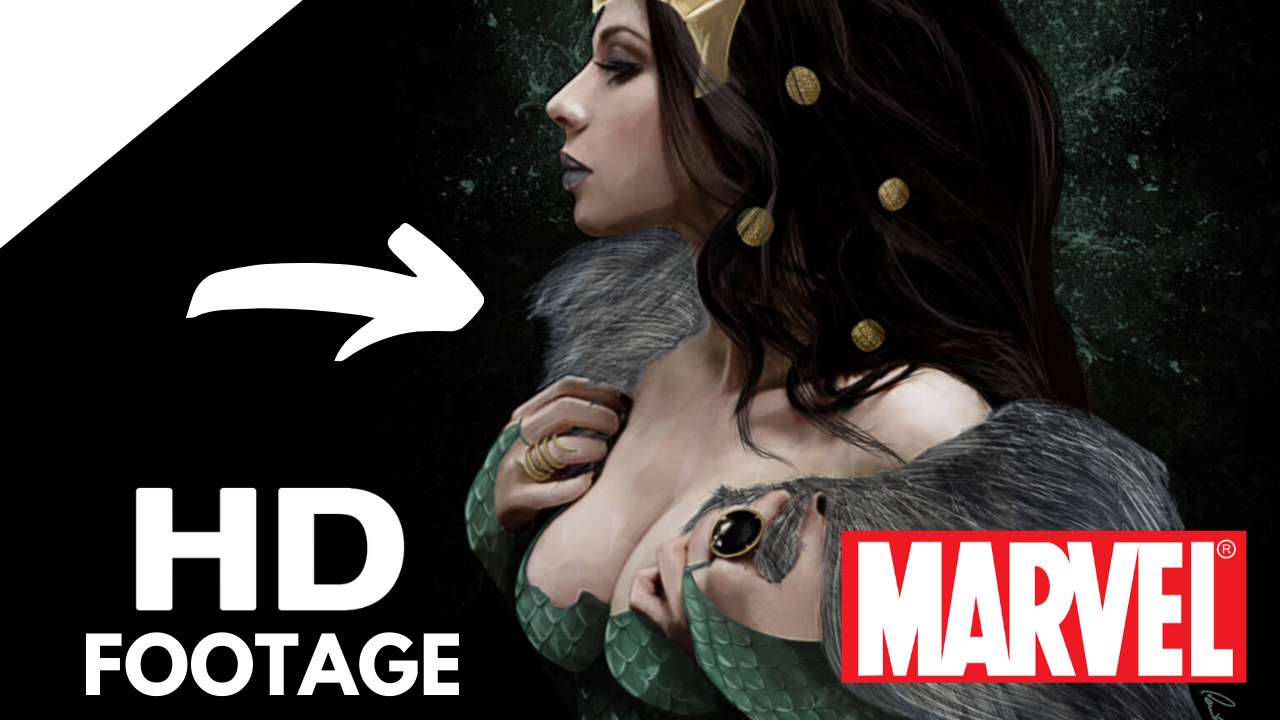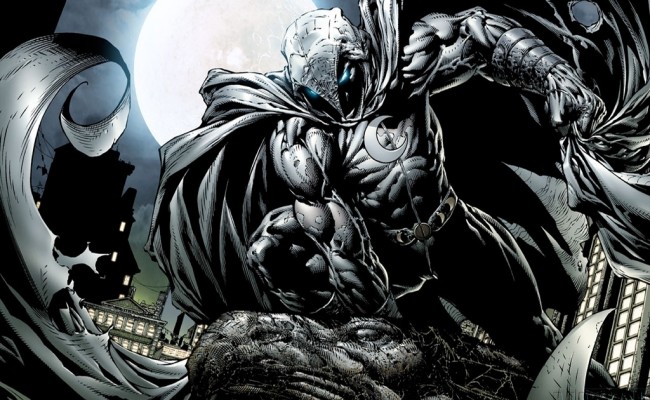Just so you know, this is the first issue of George R.R. Martin’s A Game of Thrones that I’ve read. However, I’ve read all the books and watched the entire HBO series, and since the comics follows the novel very closely (too closely, in fact) I think I can manage a review. Here’s the official description from Dynamite:
Tyrion Lannister may be Lady Catelyn Stark’s prisoner, but the Imp is still in possession of his most dangerous weapon: his devious mind. Yet even the sharpest brain is a poor weapon to pit against naked steel, as he is about to discover in the wild mountains below the Eyrie. Far away, in King’s Landing, Tyrion’s abduction is just one more complication in the life of Lord Eddard Stark, the King’s Hand. But that title-and its attendant worries-may not be his much longer, for when a plot is hatched to assassinate Daenerys Targaryen and her unborn child, Ned must weigh his duty to King Robert against the claims of his conscience.
 As I mentioned earlier, the biggest flaw with Daniel Abraham‘s adaption of George R. R. Martin’s story is that it adheres too closely to the original text. Knowing what to change and what to keep the same is one of the most serious problems with adapting a previously existing work from one medium into another. One of the greatest strengths of the books is the variation in the points of view of the different characters, comparing their thoughts and motivations with the way other characters perceive them. How does one translate this mountain of internal dialogue to a predominately visual medium like a comic book? Abraham chooses to take portions of the novel almost word for word and insert them into caption boxes. The flow of the resulting book feels more like an illustrated novel than a comic book, and Abraham fails to make full use of Tommy Patterson as an artist. One of Thrones‘ most popular characters, Tyrion Lannister, takes the bulk of this issue, but his witty comments fall flat under the book’s offbeat pacing, with no Peter Dinklage to convey his interior thoughts through acting.
As I mentioned earlier, the biggest flaw with Daniel Abraham‘s adaption of George R. R. Martin’s story is that it adheres too closely to the original text. Knowing what to change and what to keep the same is one of the most serious problems with adapting a previously existing work from one medium into another. One of the greatest strengths of the books is the variation in the points of view of the different characters, comparing their thoughts and motivations with the way other characters perceive them. How does one translate this mountain of internal dialogue to a predominately visual medium like a comic book? Abraham chooses to take portions of the novel almost word for word and insert them into caption boxes. The flow of the resulting book feels more like an illustrated novel than a comic book, and Abraham fails to make full use of Tommy Patterson as an artist. One of Thrones‘ most popular characters, Tyrion Lannister, takes the bulk of this issue, but his witty comments fall flat under the book’s offbeat pacing, with no Peter Dinklage to convey his interior thoughts through acting.
Again, Tommy Patterson is underutilized as an artist, or perhaps merely fails to put forth the effort. Either way, with this book he is drawing scenes and inserting them into panels. The work is serviceable, but uninspired. There’s no cohesive flow from one panel to the next. Similarly, his characters’ expressions generally match their moods for the scene, but don’t jibe with what they’re feeling or saying at that instant. Even with so much text coming directly from the source material, with an adaptation it’s crucial for the artist do his part to convey as much feeling and meaning as possible.
When a fandom is as devoted as that of A Song of Ice and Fire, there probably isn’t a right way to go about adapting the material. Say Abraham did respond to my suggestions, there would doubtless be a slew of complaints that he was veering too far from the original work. It’s a no-win situation.
2.5/5














S#!T Talking Central